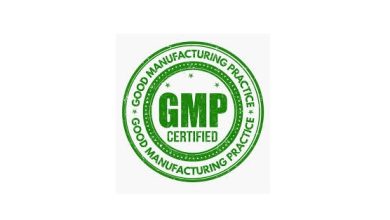Indian med diagnostic industry to reach $20 Bn by FY26: Praxis Report

The report gives an in-depth insight into the underlying success factors to ride the wave of growth in the Indian diagnostics industry
The Indian medical diagnostic industry has emerged as a preferred play in India’s growing healthcare sector, driven by attractive margins and good headroom for growth. The industry was at around $10 billion in FY21 and is expected to grow at around 14 per cent touching $20 billion by FY26, according to a recent report by Praxis Global Alliance, a global management consulting and advisory services firm.
The diagnostic industry is characterised by a high degree of fragmentation with over 100K labs. This fragmentation challenges the capability, scalability, and quality of labs. On the other hand, it also provides an opportunity to consolidate newer business models to evolve.
The report on ‘Diagnostics: Unraveling the Future” attempts to understand, qualify and quantify the emerging trends and the impact these trends will have on the Indian diagnostics market in the short to medium term. It also gives an in-depth insight into the underlying success factors to ride the wave of growth in the Indian diagnostics industry.
Some emerging trends that the report highlights include:
- Changing patient expectations from diagnostic players: pricing, convenience, and reliability are the top three driving factors when selecting a diagnostic service provider
- Newer tests addressing critical and precise clinical needs: Specialised tests: Comprises 15-22 per cent by volumes and 40-45% by value; Molecular pathology poised to grow at 35-40 per cent year on year
- Non-traditional competitors entering the market: Due to attractive margins, players from adjacent service areas of the healthcare ecosystem have entered the diagnostics market and become more competitive. Examples include pharmaceutical companies (e.g., Lupin), Hospitals (e.g., Max, Aster DM, Sterling), Diagnostic service aggregators, telehealth providers
- Newer patient-centric business models working around industry challenges. New business models around teleradiology and telepathology to improve access, quality, and efficiency of diagnostics; Newer players include computational pathology solution providers and teleradiology service providers
- Logistics is becoming critical in the pursuit of serving customers at their convenience. Best-in-class sample logistics is fast evolving into a core enabler of a successful pathology business
- Use of technology and digital to improve customer experience, support clinical decisions and serve as a backbone of the business. Use of AI systems, especially in image processing across radiology and pathology
Aryaman Tandon, Managing Partner and Practice Leader, Healthcare, Praxis Global Alliance, said, “The pandemic brought in a paradigm shift in the diagnostic market regarding its scope and capacity while emphasising the need for diagnostics & treatment. There was an increased consumer acceptance of PoCT and home collection where several diagnostics chain players improved their online presence and invested in technology and automation. The government is taking several initiatives to strengthen the public health infrastructure and make diagnostics more accessible and affordable. We also see new business models emerge as the competitive intensity increases.”
Sumit Goel, Managing Partner, Healthcare, Praxis Global Alliance, said, “As the diagnostic market grows further, there is a need for the players to build a robust omnichannel strategy. They will need to add more capabilities and provide more value-added services. With increasing competition and tests becoming more commoditised, there is also a need for super-efficient operations using digitalisation tools such as AI for process efficiencies, thus keeping the bottom line healthy.”
Nirnay Kumar, Manager, Healthcare, Praxis Global Alliance, stated, “With attractive economics in the industry, the diagnostics market, which is still largely under-penetrated, is expected to consolidate further. Growth in Tier 2+ cities is likely to be driven by asset-light expansion, the use of remote diagnostics tools, and AI for image processing.”




